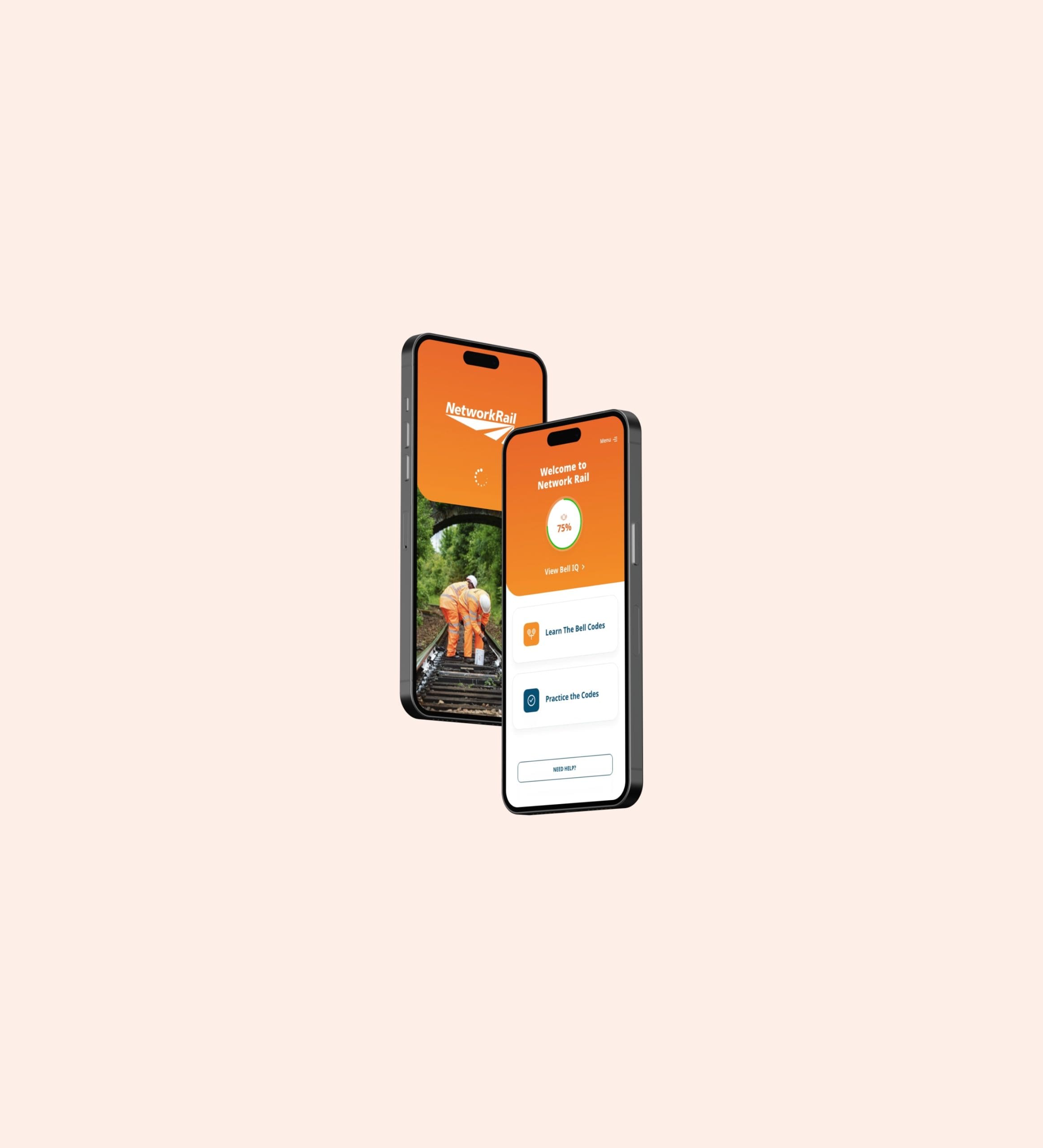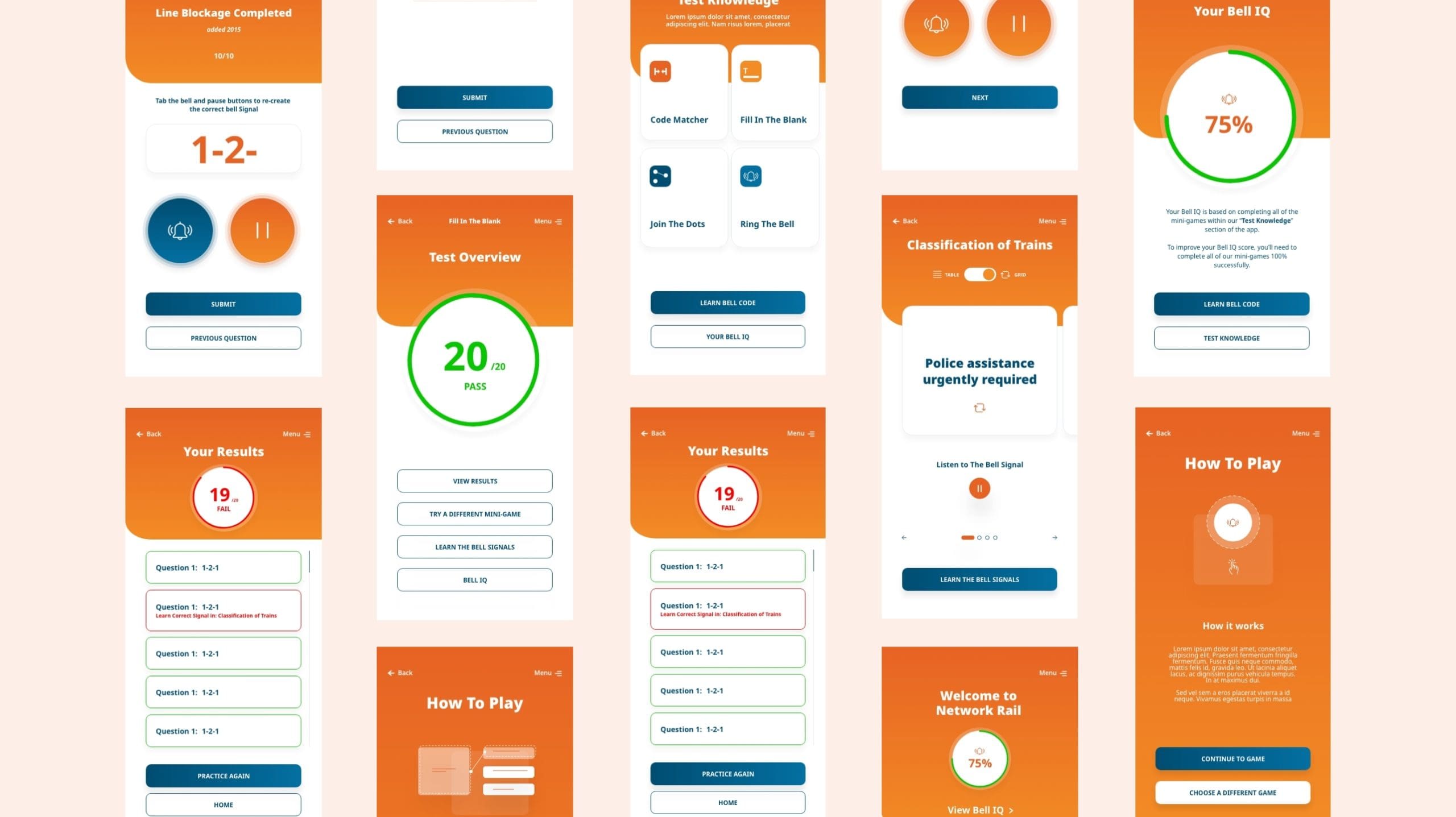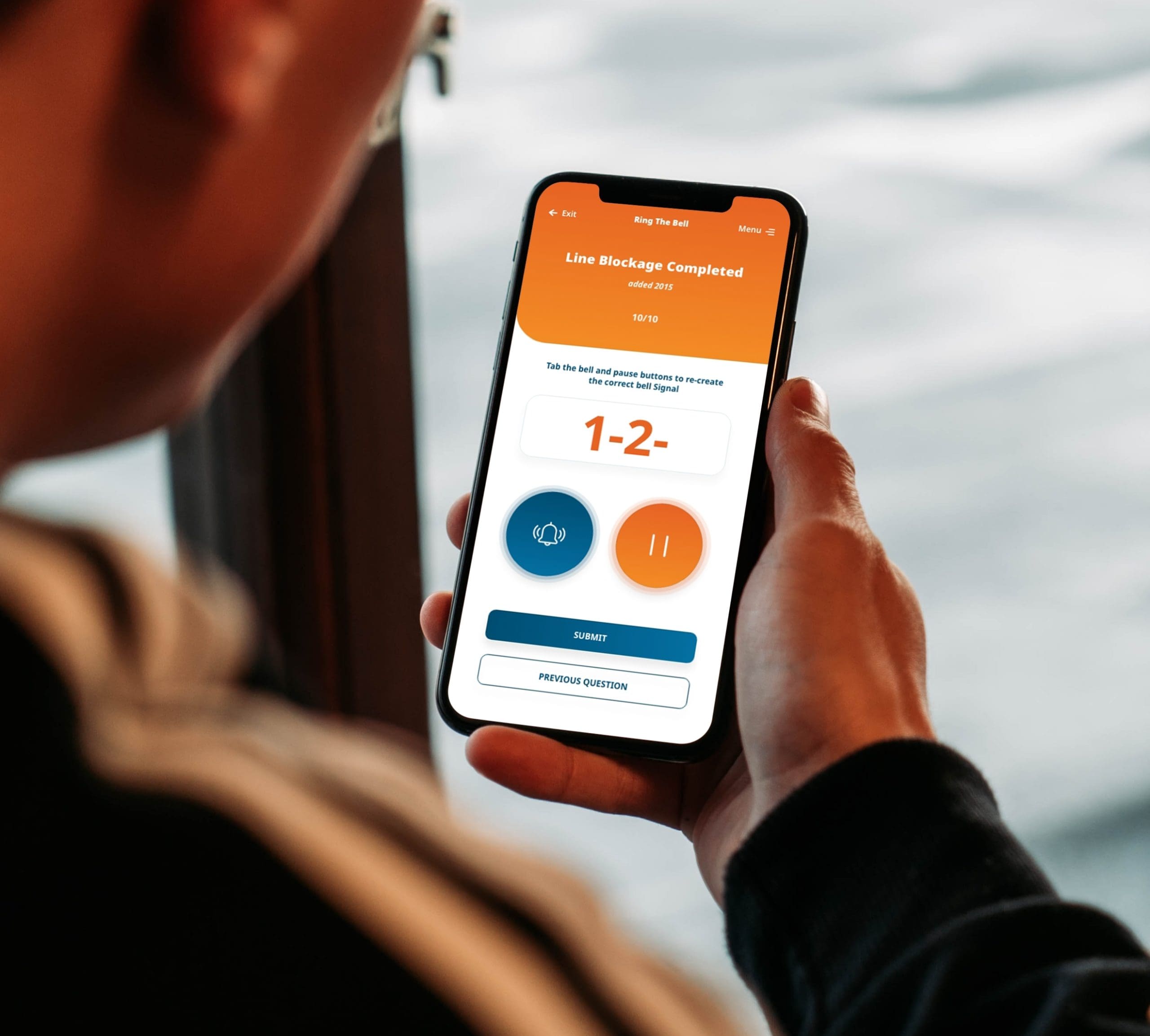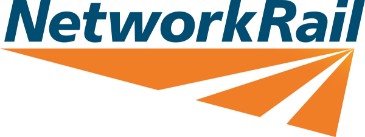

Product design

product strategy

Product development

ios

Android

Product design

product strategy

Product development

ios

Android

Product design

product strategy

Product development

ios

Android

Product design

product strategy

Product development

ios

Android
Client
Network Rail
What we did
Product strategy
product design
product development
(iOS & Android)
Introduction
Network Rail manage and operate over 20 stations across the UK. These include some of the busiest stations in the world such as; London Kings Cross, London Euston, London St Pancras International, London Liverpool Street, London Waterloo, London Paddington, Edinburgh Waverly, Glasgow Central, Birmingham New Street, Liverpool Lime Street, Manchester Piccadilly, Leeds, and Reading to name a few.
There is a huge level of responsibility on Network Rail to ensure that the railway’s infrastructure, maintenance, and future development runs as efficiently as possible to minimise disruption to millions of passengers commuting on a day-to-day basis. Their responsibility covers 20,000 miles of track, 30,000 bridges, tunnels and viaducts and thousands of signals, level crossings and stations. They describe their purpose as getting people and goods where they need to be and to support the UK’s economic prosperity. Network Rail strives to run a safe, reliable and efficient railway, serving customers and communities.

Throughout the project, Original People were intelligent, creative and influential in the success of our digital product, used by our signal engineers on a daily basis. We look forward to working with them further, as we add more and more features over the coming years.
Bex Birch
Media Development
The Problem & Challenge
Within mechanically signal led areas, Network Rail’s signallers communicate with each other using bell codes. Bell codes enable signallers to communicate information regarding the type of train being offered, the status of trains within sections of the track or emergency information.
The process works by the signaller at one signal box tapping the corresponding message code on a switch, to communicate a message to the signaller in the next box further up the train line.
This causes a bell to ring on the recipient's box in the same pattern entered by the sender. For example, the code for “Train approaching” is “1-2-1”, translating to a single ring, followed by a pause (the hyphen), then two rings, then another pause, followed by another single ring. A bell code is acknowledged as being understood by the receiver repeating the code from their signal box to confirm receipt of the message.
There are 51 permutations of bell codes and corresponding messages for signallers to memorise – of which can be a very challenging, daunting and a difficult task to remember, especially when required in emergency scenarios. These codes can be clustered into groups such as “Classification of Trains”, “Information, Requests & Emergencies” and “No Call Attention Required”.
Currently, the signallers are required to learn all 51 codes from a textbook, which has proven to be challenging and difficult to memorise their meanings and specific bell code structure due to the vast number of codes. Network Rail were looking to build a digital solution to mitigate these learning difficulties, and ensure the signallers are able to produce all of the codes from memory - especially in emergency situations.

Our Solution
We worked alongside the stakeholders at Network Rail to develop a digital solution that would enable the signaller engineers to learn the 51 mission-critical bell codes in a much more efficient, engaging and dynamic way than previously experienced, by building a bespoke iOS and Android mobile app.
We started by completing a discovery phase in order to fully understand the process by which the signal engineers communicate with each other across the track. We developed an information architecture (IA) diagram alongside Network Rail, to help us conceptualize and design the app's user journey, and develop the most efficient way for their signallers to interact with the content.
After several exploration sessions with the subject matter expert (SME), we established that not everyone learns the same way. With this in mind, we developed the bell code content interface to be capable of switching between two separate views, one detailing a list of the bell codes, and one displaying the codes via a card-based format. Through each interface, the audio track for the bell code could be played on demand, enabling the signallers to select their most desired way to learn and absorb the multitude of codes.

Our Solution
We designed an intuitive user interface across the app, that was consistent with the Network Rail brand guidelines, coupled with a modern app twist, with interactions based on the Google Material UI.
We storyboarded, designed and developed 4 mini-games specifically to assist signallers in learning the codes. The games consisted of “Fill in the blank”, “Ring the bell”, “Join the dots” and “Code matcher”.
In order to track the efficacy of the app, we developed a “Bell IQ” system that consists of an algorithm to calculate the cumulative scores of all of the mini-games and present the signaller with a “Bell IQ” percentage. The Bell IQ system is designed to motivate signallers to learn all of the codes accurately, and the signaller must complete all 4 mini-games with 100% accuracy to achieve a Bell IQ of 100%.
We completed a series of usability tests to ensure that the user interface that we had designed did in fact function as expected during real-life usage.

Outcome
The app proved a great success with the Network Rail signallers, and improved the speed of knowledge retention by 87%. The ease of access to the content through the on-demand format on their mobile devices, enabled signallars to gain instant access to the bell codes, enabling them to engage with the content and learn the codes wherever they are, 24/7.
The signaller on-boarding experience improved by 68%, measured by test scores retained from their Bell IQ results.
